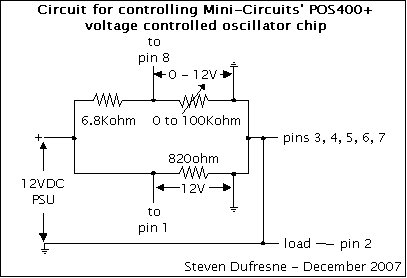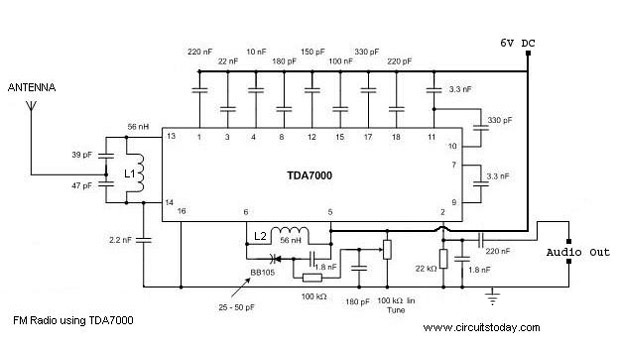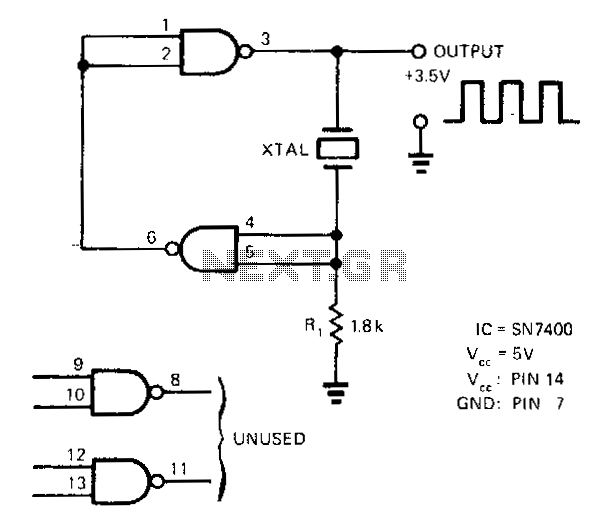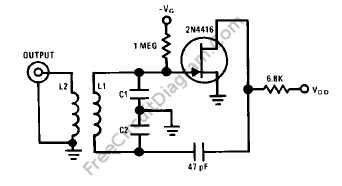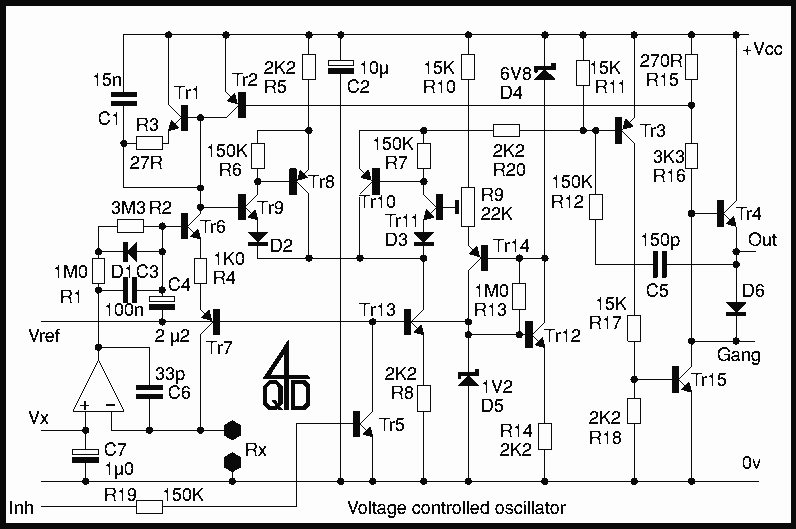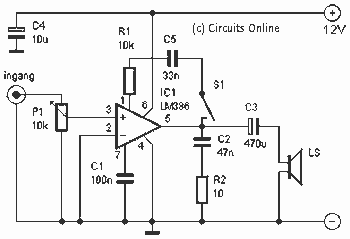
Oscillator using crystal
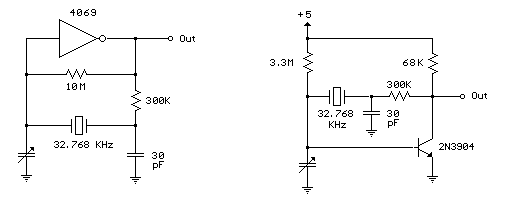
Below are a couple circuits you can use to produce a 32.768 KHz square wave from a common watch crystal. The output can be fed to a 15 stage binary counter to obtain a 1 second square wave. The circuit on the left using the 4069 inverter is recommended over the transistor circuit and produces a better waveform.
More: The single transistor circuit produces more of a ramping waveform but the output swings the full supply voltage range so it will easily drive the input to a CMOS binary counter.
The circuits designed to generate a 32.768 KHz square wave from a watch crystal utilize two distinct configurations: one based on a 4069 inverter and the other utilizing a single transistor. The 32.768 KHz frequency is commonly used in timekeeping applications, particularly in wristwatches, due to its suitability for division down to a 1 Hz signal.
In the first configuration, the 4069 inverter is employed as an oscillator. This IC contains six inverters that can be used in a feedback loop with the watch crystal to create a stable oscillation. The crystal's inherent frequency determines the oscillation rate, and the inverter amplifies the signal to produce a clean square wave output. The output from this circuit can drive a 15-stage binary counter, resulting in a 1-second pulse when the output is divided down. This configuration is favored for its ability to produce a sharp and well-defined waveform, which is essential for accurate timing applications.
In contrast, the second configuration utilizes a single transistor as an oscillator. While this circuit can generate the required frequency, it typically produces a ramping waveform rather than a true square wave. This ramping output, however, has the advantage of swinging across the full supply voltage range, making it capable of directly driving the inputs of CMOS binary counters without additional amplification. Despite its simplicity and effectiveness in certain applications, the output's less-than-ideal waveform may lead to timing inaccuracies when used in precision applications.
Both circuits effectively generate the desired frequency and can be adapted for various applications, but the choice between them should consider the requirements for waveform integrity and output characteristics. The 4069 inverter circuit is recommended for applications demanding precise timing, while the transistor circuit may suffice for less critical uses where full supply voltage swings are acceptable.Below are a couple circuits you can use to produce a 32.768 KHz square wave from a common watch crystal. The output can be fed to a 15 stage binary counter to obtain a 1 second square wave. The circuit on the left using the 4069 inverter is recommended over the transistor circuit and produces a better waveform.
The single transistor circuit produces more of a ramping waveform but the output swings the full supply voltage range so it will easily drive the input to a CMOS binary counter. 🔗 External reference
More: The single transistor circuit produces more of a ramping waveform but the output swings the full supply voltage range so it will easily drive the input to a CMOS binary counter.
The circuits designed to generate a 32.768 KHz square wave from a watch crystal utilize two distinct configurations: one based on a 4069 inverter and the other utilizing a single transistor. The 32.768 KHz frequency is commonly used in timekeeping applications, particularly in wristwatches, due to its suitability for division down to a 1 Hz signal.
In the first configuration, the 4069 inverter is employed as an oscillator. This IC contains six inverters that can be used in a feedback loop with the watch crystal to create a stable oscillation. The crystal's inherent frequency determines the oscillation rate, and the inverter amplifies the signal to produce a clean square wave output. The output from this circuit can drive a 15-stage binary counter, resulting in a 1-second pulse when the output is divided down. This configuration is favored for its ability to produce a sharp and well-defined waveform, which is essential for accurate timing applications.
In contrast, the second configuration utilizes a single transistor as an oscillator. While this circuit can generate the required frequency, it typically produces a ramping waveform rather than a true square wave. This ramping output, however, has the advantage of swinging across the full supply voltage range, making it capable of directly driving the inputs of CMOS binary counters without additional amplification. Despite its simplicity and effectiveness in certain applications, the output's less-than-ideal waveform may lead to timing inaccuracies when used in precision applications.
Both circuits effectively generate the desired frequency and can be adapted for various applications, but the choice between them should consider the requirements for waveform integrity and output characteristics. The 4069 inverter circuit is recommended for applications demanding precise timing, while the transistor circuit may suffice for less critical uses where full supply voltage swings are acceptable.Below are a couple circuits you can use to produce a 32.768 KHz square wave from a common watch crystal. The output can be fed to a 15 stage binary counter to obtain a 1 second square wave. The circuit on the left using the 4069 inverter is recommended over the transistor circuit and produces a better waveform.
The single transistor circuit produces more of a ramping waveform but the output swings the full supply voltage range so it will easily drive the input to a CMOS binary counter. 🔗 External reference
Warning: include(partials/cookie-banner.php): Failed to open stream: Permission denied in /var/www/html/nextgr/view-circuit.php on line 713
Warning: include(): Failed opening 'partials/cookie-banner.php' for inclusion (include_path='.:/usr/share/php') in /var/www/html/nextgr/view-circuit.php on line 713
